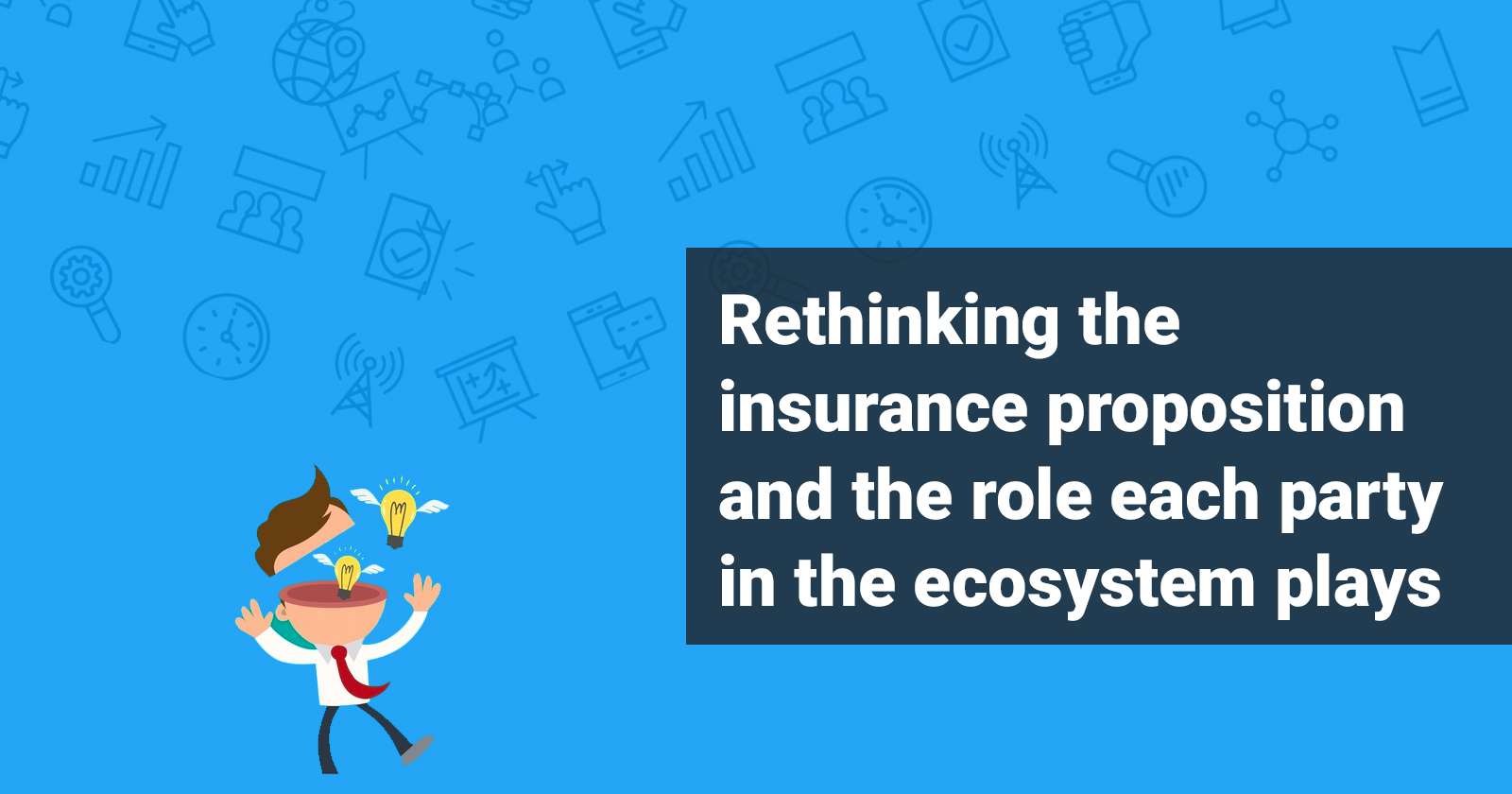
The team here at Surer have had the good fortune to be able to connect with various insurers and intermediaries since our launch – hearing from the team, our co-founders and being part of the conversation has inspired this writer to pen a short commentary… Being in these discussions, we realised a recurring theme on serving the end policyholder or insured better; specifically, how can the industry work together to bring to them bespoke products/policies. For example, when it comes to General Insurance, products continue to be sold like a commodity where the key consideration factor is price and purchased usually on an annual renewal basis. Many of such products are sold in a standard ‘package’ with various tiers; essentially, by design, these policies are built to cover a generalised representation of the likely risk rather than the specific risk of the policyholder. Of course, crafting a product or policy involves multiple factors and nuances. One of which is the ease of risk calculation and claims fulfilment – the benefits of selling packaged policies are clear… It is a ‘one size fit all, one system solves all’ model. This helps with scaling and ease of distribution. The downside of packaged products, as with every other packaged product or ‘set meal’, is that not everything within this package is required by the insured. To a certain extent, and arguably, some are forced to take up coverage that they obviously do not need, for the purpose of obtaining one that they do. The good news is that we now live in times where customisation can be mentioned in the same breath as scalability and ease of distribution.
The good news is that we now live in times where customisation can be mentioned in the same breath as scalability and ease of distribution.
Technology is here to help unlock this shift; to enable disbursement of bespoke policies. But, as with everything in life, nothing is straightforward. To leverage the available technology, effort and input from all parties in the ecosystem, from the insurer, to the intermediary to the Insurtech solution provider remains paramount. The intermediaries will always play a crucial role as an advisor to the client – he should be empowered to be able to fully understand the client’s business needs and advise accordingly, instead of just presenting available packaged options.
The intermediaries will always play the most important role as an advisor to the client – he should be empowered to be able to fully understand the client’s business needs and advise accordingly, instead of just presenting available packaged options.
For this to happen, insurers will have to start looking at ways for which to process customised needs (or minimally, an efficient process even for packaged products), as advised by the intermediary and be nimble to the generation of bespoke covers. Being nimble… that is where intermediaries and insurers can place technology in the middle of their relationship – technology can then provide robust data, management systems and automation to allow for efficient and accurate sharing of information. It is not that far a stretch of the imagination for an intermediary to be able to access a platform, provide the details, based on their expertise deem suitable for their clients, get a quote instantly generated, share it with the client, the client in turn then goes on to confirm purchase directly with the insurer. Essentially, same parties in today’s ecosystem, just that it is now digital instead of physical.
It is not that far a stretch of the imagination for an intermediary to be able to access a platform, provide the details, based on their expertise deem suitable for their clients, get a quote instantly generated, share it with the client, the client in turn then goes on to confirm purchase directly with the insurer. Essentially, same parties in today’s ecosystem, just that it is now digital instead of physical.
shameless plug: Surer basically does the above (and more)! Essentially, technology will always remain a blank bullet if intermediaries choose to mute their advisory skills while insurers choose not to share their expertise and understanding of risk management. However, if everyone chooses to ‘play ball’ in a digital ecosystem, the benefits are tangible – a ‘triple-win’ like we always like to call it, here at Surer; the intermediaries have a supercharged process, the insurers have a broader and more efficient distribution channel and the policyholder gets more options and flexibility! An improved level of service to the end policyholder can be achieved when parties, including the Insurtech firms can properly define their roles in this ecosystem and how each will strengthen the part of the value chain they are most involved in. Not the most popular thing to say, but the insurance industry has had this stigma or unwanted / wrongful perception that it thrives in secrecy and confusion. The fact that there is now a better way for everyone to ‘win’. However, the industry needs to continue to develop this culture of partnership and collaboration. We used the word ‘continue’ because indeed such a change is already happening – especially with the conversations we have had! While ‘digital transformation’ is the term hanging on everyone’s lips, what is potentially even more important is ‘cultural transformation’. Technology allows for business and the ecosystem to be run with greater flexibility and less inertia to adapt to changes – however, technology alone will not be able to change mindsets.
While ‘digital transformation’ is the term hanging on everyone’s lips, what is potentially even more important is ‘cultural transformation’. Technology allows for business and the ecosystem to be run with greater flexibility and less inertia to adapt to changes – however, technology alone will not be able to change mindsets.
At the end of the day, the policyholder needs to always be placed top-of-mind. To retain the loyalty and ultimately, purchase preference of the customer, the parties that can build the strongest value proposition – be it in terms of the level of customisation allowed for a product by an insurer, or the level of expert advice provided by the intermediary – will win. It is fuss-free. No credit card or payment required.Bespoke vs packaged products
The ecosystem and shift in roles of its players
An inclusive culture; breaking down silos
Are you an Insurance intermediary? Sign up for free now!
Subscribe to our Telegram channel to get the most insightful articles delivered to you automatically!
